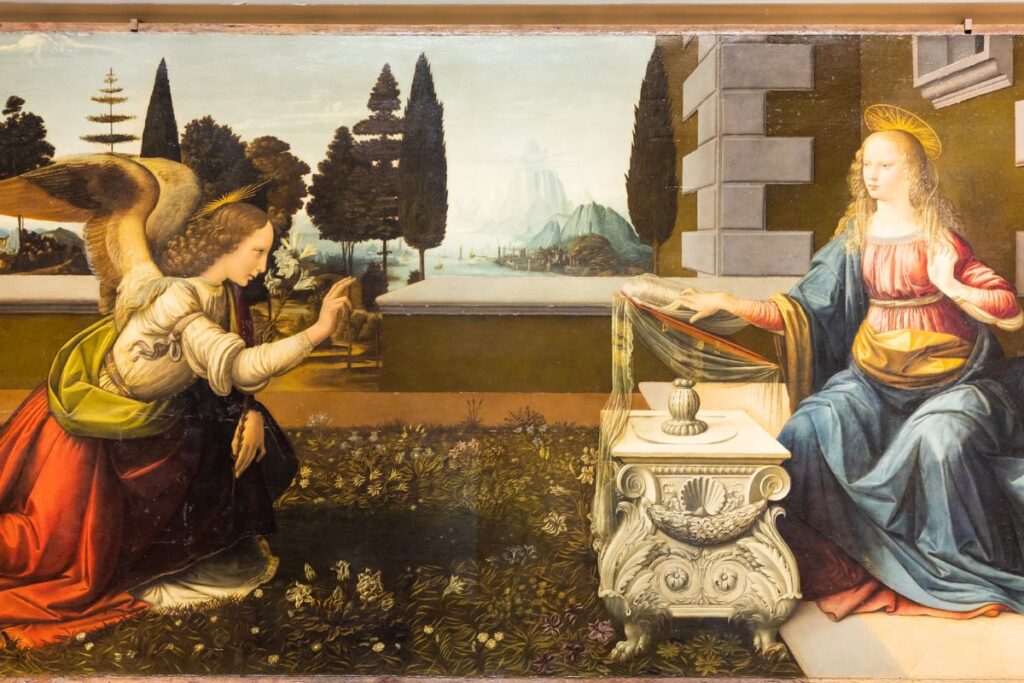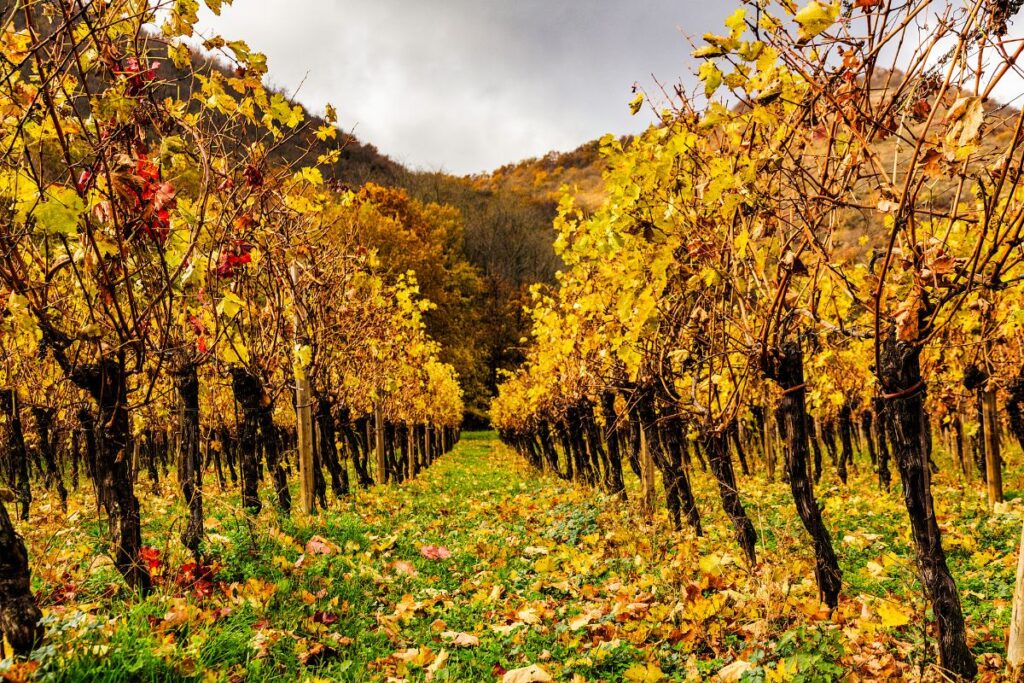Lombardy, located in the heart of northern Italy, is a region that offers a unique blend of urban sophistication, historical richness, and natural beauty. Known for its bustling cities, picturesque lakes, and culinary delights, Lombardy attracts millions of visitors each year. Let’s dive into the various aspects that make Lombardy a must-visit destination.
Location and Climate

Lombardy is bordered by Switzerland to the north, Trentino-Alto Adige and Veneto to the east, Emilia-Romagna to the south, and Piedmont to the west. The region boasts a diverse landscape that includes the majestic Alps, rolling hills, fertile plains, and stunning lakes such as Lake Como, Lake Garda, and Lake Maggiore.
The climate in Lombardy varies depending on the area. The northern alpine regions experience a cold, mountainous climate with heavy snowfall in winter, making it perfect for winter sports. The central and southern areas have a more temperate climate, with hot summers and mild, foggy winters. The lakeside areas enjoy a milder climate, contributing to the region’s appeal as a year-round destination.
Historical Tapestry

Lombardy’s history is as rich and varied as its landscape. Key historical periods include:
Ancient Rome
Lombardy was a significant region during the Roman Empire, with cities like Milan (then Mediolanum) serving as important administrative and military centers.
Middle Ages
During the Middle Ages, Lombardy was a center of commerce and banking. The rise of city-states such as Milan, Bergamo, and Mantua led to the construction of impressive cathedrals, castles, and fortifications.
Renaissance
The Renaissance brought a flourishing of arts and culture to Lombardy, particularly in Milan, which became a hub for artists, architects, and scholars. Leonardo da Vinci spent significant time in Milan, leaving behind works like “The Last Supper.”
Modern Era
Lombardy played a crucial role in Italy’s unification and later became one of the country’s most industrialized regions. Milan emerged as a global fashion and design capital, while other cities like Brescia and Bergamo developed strong industrial bases.
Key Cities

Milan (Milano)
The capital of Lombardy, Milan is Italy’s second-largest city and a global hub for fashion, design, and finance. Key attractions include the iconic Milan Cathedral (Duomo di Milano), the historic Galleria Vittorio Emanuele II, Leonardo da Vinci’s “The Last Supper” at Santa Maria delle Grazie, and the Sforza Castle. Milan’s vibrant nightlife, shopping districts, and cultural institutions make it a dynamic and exciting city to explore.
Bergamo
Known for its beautiful medieval architecture, Bergamo is divided into the Città Alta (Upper City) and Città Bassa (Lower City). Highlights include the Piazza Vecchia, the Basilica of Santa Maria Maggiore, and the Venetian Walls, a UNESCO World Heritage site.
Brescia
This industrial city boasts a rich history and impressive Roman ruins, including the Capitolium and the Roman Theatre. The Santa Giulia Museum, housed in a former monastery, offers a fascinating journey through Brescia’s history.
Como
Nestled on the shores of Lake Como, this charming town is renowned for its scenic beauty, elegant villas, and the stunning Como Cathedral. Como serves as a gateway to exploring the picturesque towns and landscapes around Lake Como.
Mantua (Mantova)
A UNESCO World Heritage site, Mantua is famous for its Renaissance architecture and cultural heritage. Key attractions include the Ducal Palace, the Palazzo Te, and the Basilica of Sant’Andrea.
Pavia
Home to one of Italy’s oldest universities, Pavia is known for its historic center, the Certosa di Pavia (a magnificent Carthusian monastery), and the Pavia Cathedral.
Culinary Delights

Lombardy’s cuisine reflects its diverse landscape and rich agricultural heritage. The local dishes are hearty and flavorful, often featuring rice, butter, and cheese. Key culinary highlights include:
Risotto alla Milanese
A creamy risotto made with saffron and often served with ossobuco (braised veal shanks).
Polenta
A staple of Lombard cuisine, polenta is a versatile dish made from cornmeal and served with a variety of meats, cheeses, and vegetables.
Panettone
A sweet bread loaf traditionally enjoyed during Christmas, panettone is filled with candied fruits and raisins.
Taleggio
A semi-soft, washed-rind cheese with a strong aroma and a rich, tangy flavor, Taleggio is often enjoyed with bread or used in cooking.
Cotoletta alla Milanese
A breaded and fried veal cutlet, similar to Wiener schnitzel, typically served with a wedge of lemon.
Click here to browse Recipes from the Lombardy Region
Agricultural Highlights

Agriculture is an important part of Lombardy’s economy, with the region producing a wide range of high-quality products. Key agricultural highlights include:
Rice
Lombardy is one of Italy’s main rice-producing regions, particularly known for Arborio and Carnaroli varieties used in risotto.
Wine
The region produces several notable wines, including Franciacorta (a sparkling wine), Valtellina (a red wine made from Nebbiolo grapes), and Oltrepò Pavese (known for its sparkling and still wines).
Cheese
Lombardy is famous for its cheeses, including Grana Padano, Gorgonzola, and Taleggio. These cheeses are integral to the region’s culinary traditions.
Salami
Various types of salami and cured meats are produced in Lombardy, including Salame di Varzi and Bresaola, a lean cured beef.
Tourism and Major Attractions

Tourism in Lombardy is diverse, with visitors drawn to its historical cities, natural beauty, and cultural events. Major attractions and activities include:
Lake Como
One of Italy’s most beautiful lakes, Lake Como is surrounded by charming towns like Bellagio, Varenna, and Menaggio. Visitors can enjoy boat tours, water sports, and stunning villa gardens such as Villa Carlotta and Villa del Balbianello.
Lake Garda
Italy’s largest lake, Lake Garda offers a variety of activities, from water sports to hiking. Popular towns around the lake include Sirmione, Desenzano del Garda, and Riva del Garda.
Franciacorta Wine Region
Known for its high-quality sparkling wines, Franciacorta offers wine tours and tastings in picturesque vineyards and wineries.
Valtellina
This alpine valley is famous for its skiing, hiking, and thermal baths. It’s also known for its vineyards and traditional dishes like pizzoccheri (a buckwheat pasta).
Crespi d’Adda
A UNESCO World Heritage site, this well-preserved workers’ village from the 19th century offers a glimpse into the industrial heritage of Lombardy.
Stelvio National Park
Italy’s largest national park, Stelvio offers breathtaking alpine scenery, hiking trails, and diverse wildlife.
Things to See and Do

Whether you’re interested in history, nature, or gastronomy, Lombardy offers a wide range of activities to suit all interests. Here are some top recommendations:
Explore Milan’s Cultural Scene
Visit world-class museums and galleries such as the Pinacoteca di Brera, the Leonardo da Vinci Museum of Science and Technology, and the Triennale Design Museum.
Hiking and Skiing in the Alps
Enjoy outdoor activities in the alpine regions, including hiking, skiing, and mountain biking in areas like Livigno, Bormio, and Madesimo.
Attend Local Festivals
Experience Lombardy’s vibrant culture at events such as Milan Fashion Week, the Mantua Literature Festival, and the Franciacorta Festival in Erbusco.
Taste Local Cuisine
Sample Lombard specialties at local trattorias, osterias, and Michelin-starred restaurants. Don’t miss trying risotto alla Milanese, cotoletta alla Milanese, and the region’s renowned cheeses and wines.
Visit Historic Villages
Discover the charm of historic villages such as Bergamo Alta, Varenna on Lake Como, and Sabbioneta, a UNESCO World Heritage site known for its Renaissance architecture.
Conclusion
Lombardy, with its dynamic cities, stunning landscapes, and rich cultural heritage, is a region that offers something for everyone. Whether you’re exploring the fashion capital of Milan, enjoying the serene beauty of the lakes, or savoring the local cuisine, Lombardy provides an unforgettable experience. This northern Italian gem is a must-visit destination for anyone seeking to discover the diverse and enchanting charms of Italy.




